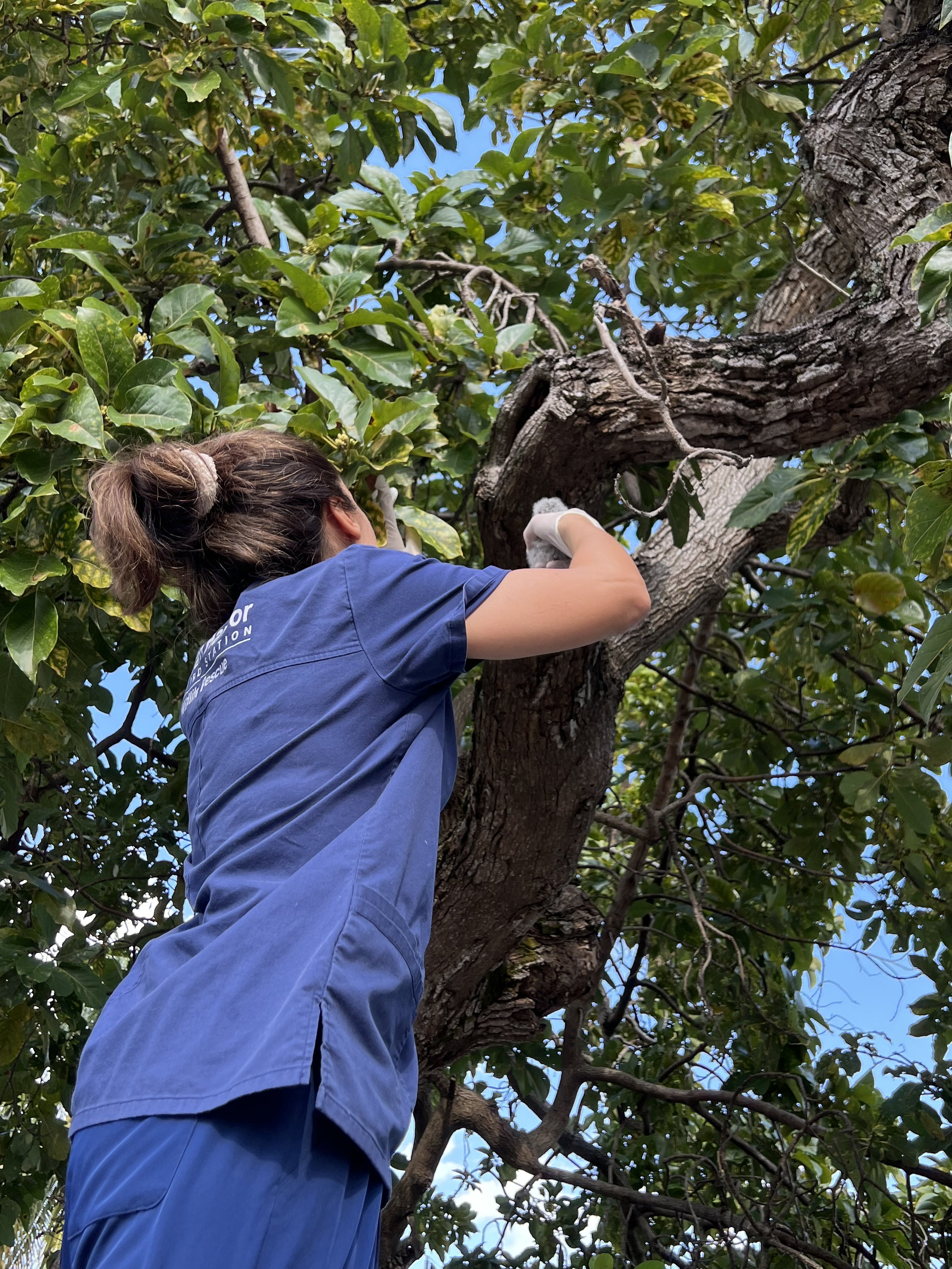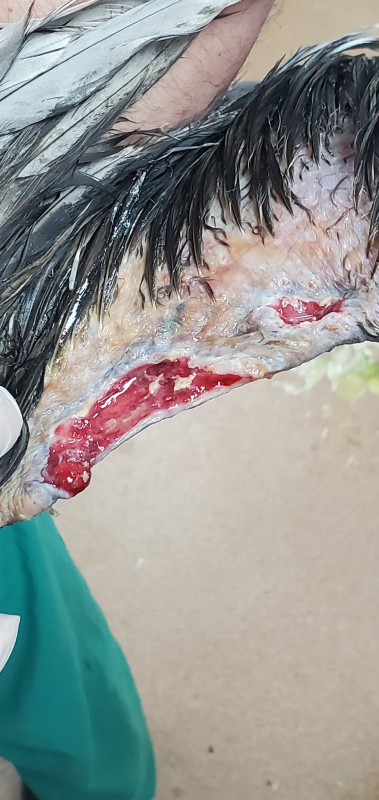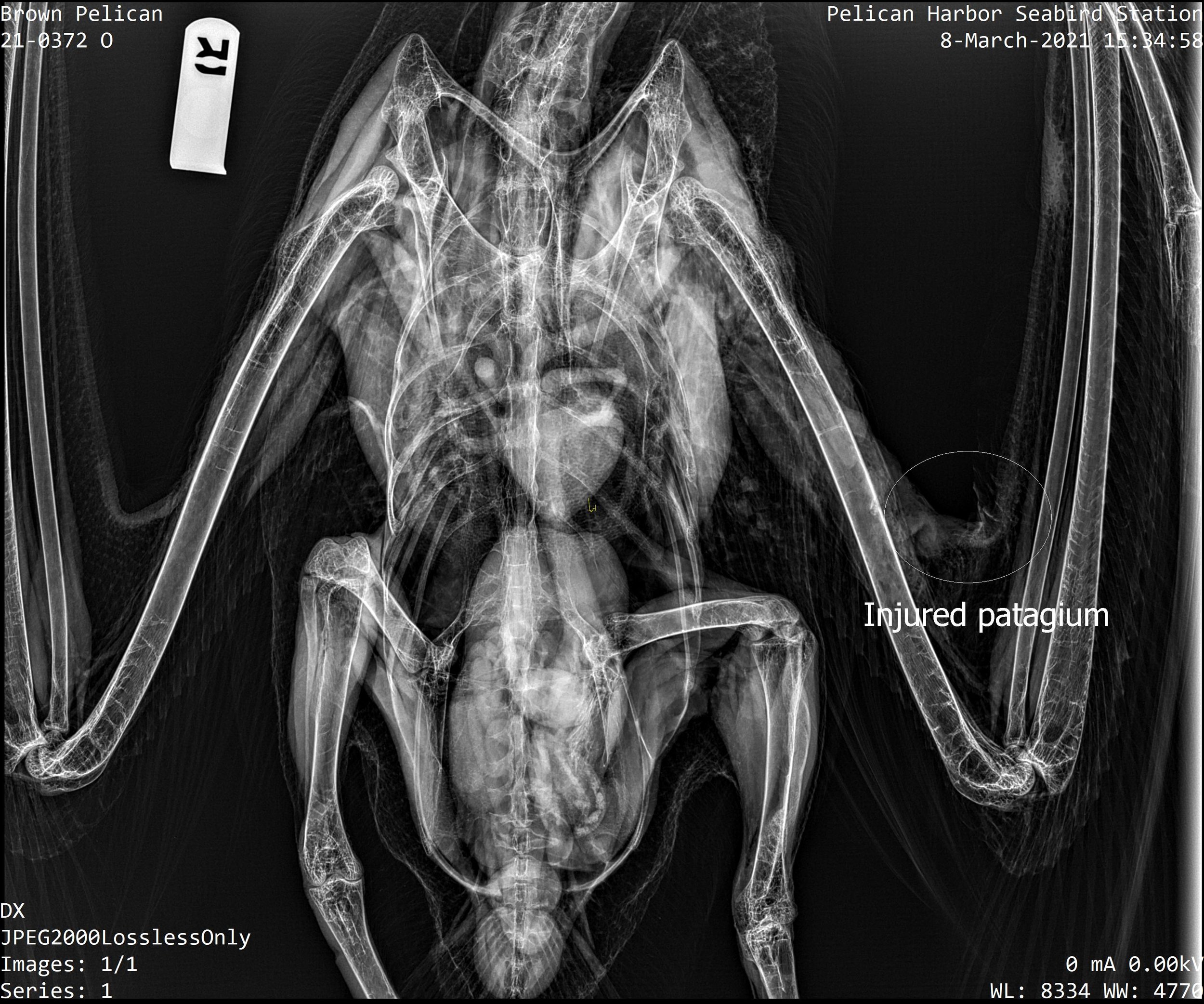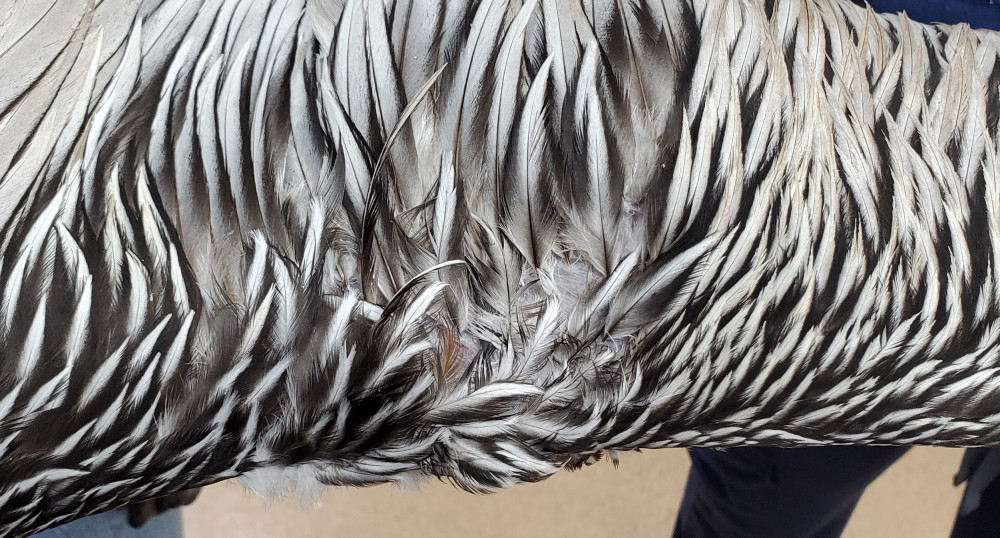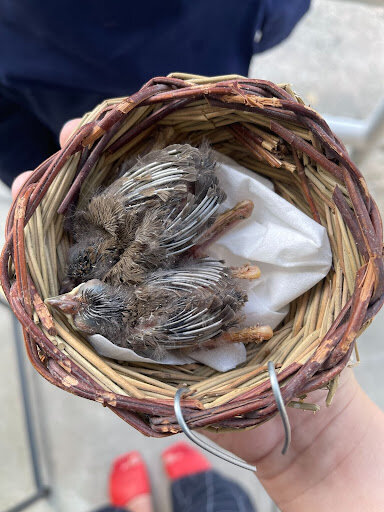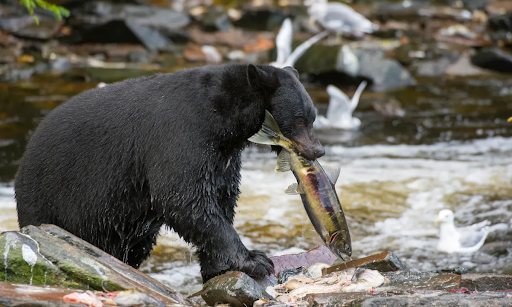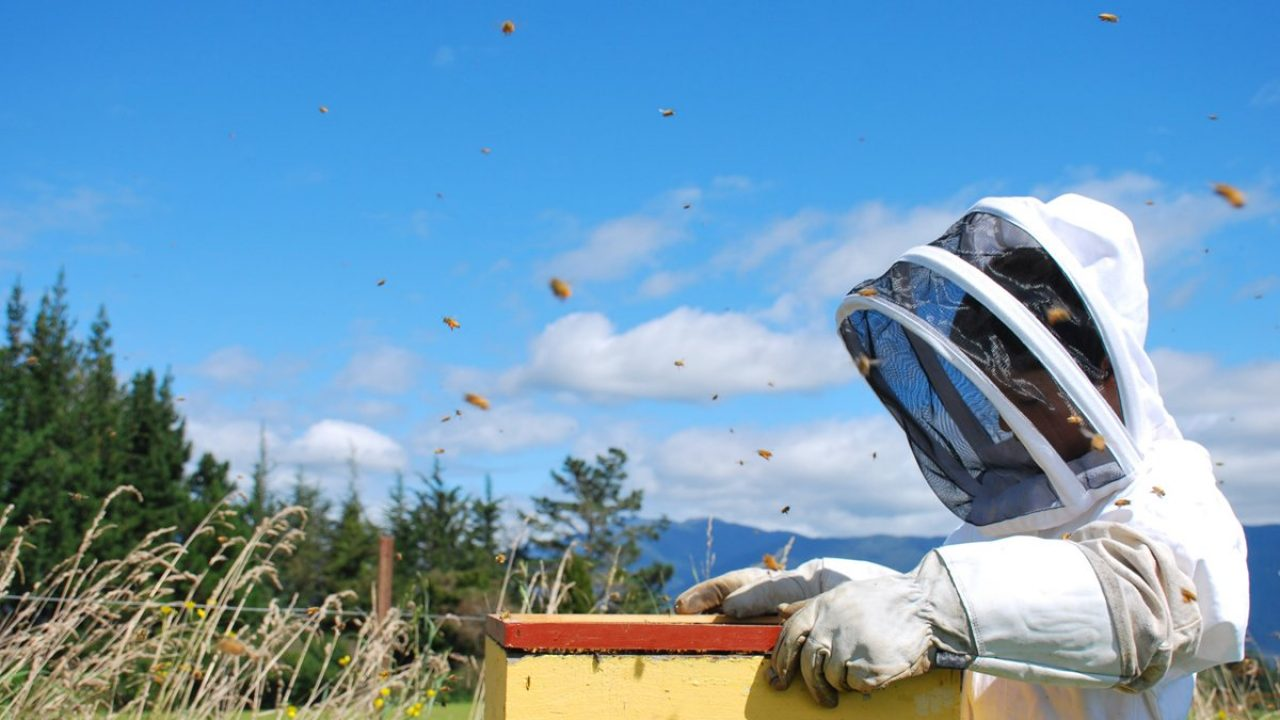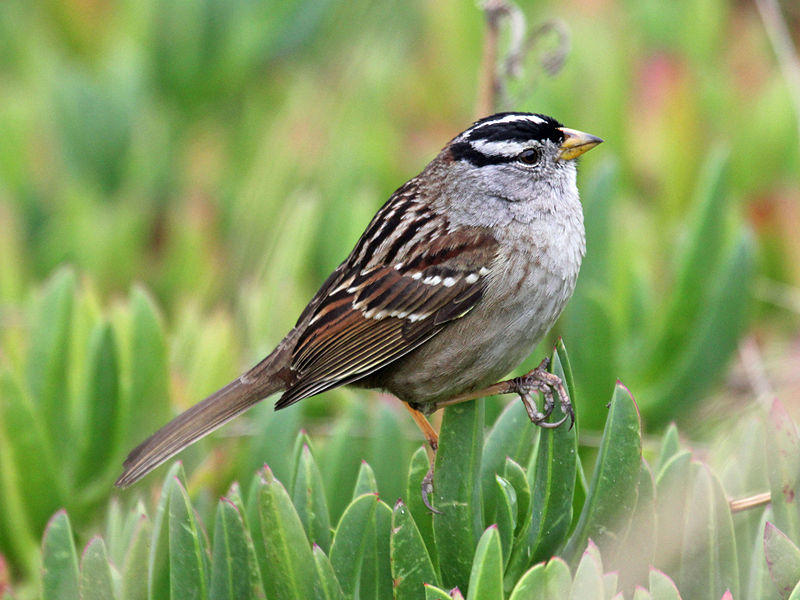Written by: Samantha Martinez, Environmental Educator
Not only are butterflies one of nature's most diverse, colorful, and elegant species, but they are also great pollinators. While not as effective as bees or wasps at diligently pollinating plants quickly one after another, butterflies take a more leisurely approach to pollination which helps these plants in a different but no less important way. Since butterflies don’t have responsibilities to a hive like bees, they can feel free to take their time drinking the nectar of different plants and wait a while, and travel quite a bit before landing on another one. This may seem inefficient, but pollen has been shown to stay fresh on the tongues and legs of butterflies longer than they would on other surfaces or in the air. Plus, the fact that butterflies travel far before landing on another flower means that the plants they pollinate will have a different DNA profile than the last plant they were on. Meaning that the plants they pollinate will be cross-pollinated and have a more diverse DNA profile, leading to an overall healthier plant population.
That being said, how can we attract these prepossessing pollinators to our homes without introducing invasive plants or breaking the bank? Today we’ll go over some of the easiest, and cheapest ways to create a beautiful, eco-friendly butterfly garden.
Make a Garden Bed
Raised garden beds are often more productive than planting your plants straight in the ground since the soil is not as compacted and has better drainage. This may seem like something difficult and unattainable on certain budgets or with certain time restraints, but this can be a very easy and inexpensive process. Here are some materials that you can use to create your raised bed and where you can find them.
Cinder Blocks make for great fencing for your garden. If you don’t already have some laying around your property or neighborhood, you can often find them for free on apps like Offer-Up where people are just looking to get them removed from their backyards. You can either stack the blocks to whatever height and width you want for your garden without any adhesive, or if you want to secure your cinderblocks to one another, you can find cheap outdoor cement on Amazon.
Bricks are another material that you can usually find for very cheap on Offer Up or by asking local construction sites if they have any materials similar that are being thrown away. Construction sites will usually be happy to let you take leftover materials as they have to pay for their removal anyway. This is another material you may want to secure with the outdoor concrete mentioned above.
Wood from pallets - We have all seen wooden pallets being thrown out on the side of the road. This material need not go to waste, though not the best quality wood this would absolutely work for a raised bed frame. This technique may take more tools depending on the style of raised bed you would like. Many youtube videos and articles can be found on how to assemble this easily online, like this one here.
Cinder Block Raised bed. Thank you to Bonnie's Plants for this photo
Raised bed made from pallet wood. Thank you to 99pallets.com for this photo
Line Your Garden Bed
A lining for your garden bed is important to prevent plants you are not trying to grow from taking advantage of the bed you have created.
Newspapers can be a cheap or free option for your lining. Though it will eventually decompose you can prolong its use by layering quite a few papers at the bottom of your raised bed. Plus once it does decompose it will add carbon to your soil which will be beneficial for your plants. Though some may be worried about the inc getting into your soil, newspaper inc is made of soy and therefore will not negatively affect your soil or your plants.
Cardboard is also a readily available material that can be used to line your garden bed. Though it will also decompose within 6 months you can prolong this by putting multiple layers of cardboard just like with the newspaper option. You can pretty much use any type of cardboard except for any with a waxy coating like those used for cereal boxes. This kind will leak toxins into the soil and eventually into your plants.
Leaves are another great option, any leaves you can find to provide a thick layered covering. It may even take longer for these to biodegrade than cardboard, holding out for about 6 months to a year. Once they do decompose you will have added quite a bit of organic nutrients to your soil.
Nothing - You can always decide to not use any covering for the base of your raised bed. You may have to watch out more vigilantly for stray plants but it is completely doable to keep up your raised garden without a base barrier.
Soil
Soil may be the one ingredient for your garden that you have to buy, since digging up a giant hole from your backyard may be inconvenient later on. Plus a lot of the soil in south florida unfortunately doesn’t harbor the nutrients needed to grow a healthy garden. Luckily, bags of soil can be found at essentially any hardware store or gardening center for, dare I say, dirt cheap.
The Plants!
Now off to the very exciting part, planting the plants in your garden! Below is a list of native plants, or plants with low invasion risk that can either be propagated from plants around South Florida or whose seeds can be collected from a few organizations down here and will be sure to attract some beautiful butterflies and other pollinators to your garden!
Firespike - Firespike is a lovely, Florida native, addition to your garden that will help attract several species of butterflies and perhaps even hummingbirds!
Firebush - This native plant will attract some butterflies and hummingbirds for its nectar. It will also produce some small berries that will be enjoyed by birds and small mammals in your neighborhood!
Blue Porterweed - Yet another Florida native, this plant is a host plant for tropical buckeye butterflies but will attract other species of butterfly, as well as bees to your garden!
Orange Milkweed ( Asclepias Tuberosa) - Milkweed is a well-known butterfly attractor and host plant. This species of milkweed is also a Florida native and will help attract butterflies, bees and other insects to your home!
Passion Flower - This beautiful plant is known to attract honey bees, carpenter bees and Gulf Fritillary butterflies! Like many of the other plants on this list it is also a beautiful flowering plant to be admired all on its own.
Bahama Cassia - This plant is known for attracting butterflies of the Sulfur species. It is used as a food source for both adult butterflies and larvae.
There are many other Florida native, or low invasion risk plants you can use to enrich your butterfly garden. Many can be found in small nurseries for a very low cost or you can reach out to organizations such as The Miami Seeds Share and others for seed donations they have available. I hope this article has helped you find it more realistic to create a beautiful butterfly garden with plants that will help augment the habitat that is your yard for you and the creatures you share it with! Happy gardening everyone!






